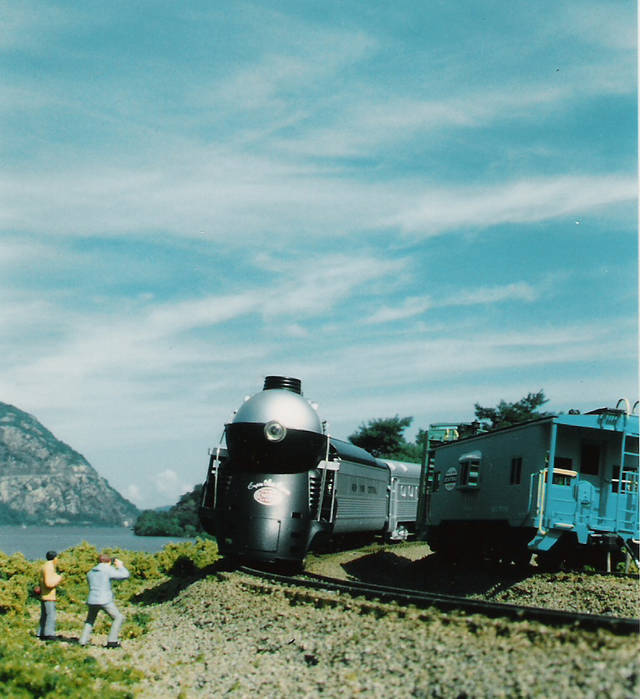I use a Pentax K-1000 35mm camera for all my photography. I have done some photography of our club layout over the years using slides and digital camera. I am about to do a feature on our layout, but I am looking at some more customized equipment. In the past, I had a telephoto lens that went down to f32, and I got some good pictures with that. My 28mm and my 50mm both stop down to f22, which is still pretty good. I light my scenes with tungsten incandescent floods, I use Kodak T64 kodachrome, varying exposures somewhere between 1 and 1.5 seconds. The photos come out well, but I want better! Here are some scenes from the past...
http://www.ritmrc.org/photos/2001summer/index.htm
http://www.ritmrc.org/photos/2003january/index.htm
I hear pinhole lenses are best. Do they make pinhole lenses for 35mm cameras? Perhaps there is some sort attachment? I dont know much about these things. Any help?
-otto-
http://www.ritmrc.org/photos/2001summer/index.htm
http://www.ritmrc.org/photos/2003january/index.htm
I hear pinhole lenses are best. Do they make pinhole lenses for 35mm cameras? Perhaps there is some sort attachment? I dont know much about these things. Any help?
-otto-
----------------------------------------------
Moderator: New York State Railfan :: New York Central :: Toy Trains
NYW&B Fan Site :: A Magazine I Read Often :: A Museum I Volunteer At
Moderator: New York State Railfan :: New York Central :: Toy Trains
NYW&B Fan Site :: A Magazine I Read Often :: A Museum I Volunteer At
 [/img]
[/img]